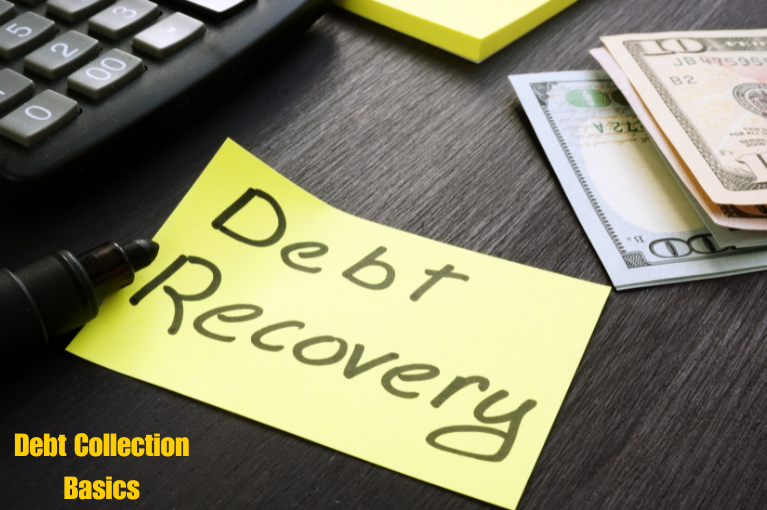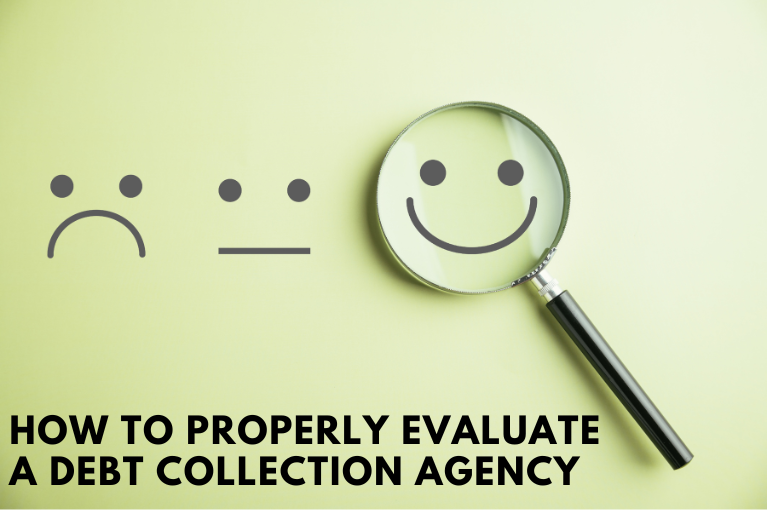The concept of teaching personal finance in high school classes has picked up steam over the past few years, but it is still a long way from being a requirement across the country.
Many states are open to the possibility, but personal finance classes are only required in 21 states today, and five states (including California) still refuse to even address the issue.
No matter where you stand on details like who should pay for it and what exactly should be required, almost everyone can agree that we are doing our children a serious disservice by sending them out into the world without any education on how to handle their personal finances.
So with that in mind, let’s take a look at six of the most obvious benefits that come with teaching personal finance in high school.
Lower College Loan Debt
Taking on too much college loan debt is one of the biggest holes a young person can possibly create for themselves from a personal finance standpoint.
Unfortunately, many students fall into that trap well before they receive any personal finance education, meaning they don’t even realize the amount of trouble they are creating for themselves.
Adding some level of personal finance education at the high school level would, at the very least, give those students some type of background before asking them to sign off on student loans that will follow many of them for the bulk of their adult lives.
Higher Savings Rates
Another benefit of teaching personal finance education at the high school level is that it could motivate the next generation to start saving more money sooner than previous generations.
The simple act of beginning to save money earlier in life will have a significant impact as the power of compound interest helps those early savings grow for decades to come.
Lower Credit Card Debt
Educating high school students about the danger of credit card debt could be enough to convince some of them to avoid the traps that credit card companies have already set for them to fall into on college campuses around the country.
Having a working understanding of how the credit card industry works will make it much easier for college students around the country to avoid signing up for credit cards they don’t need in exchange for free t-shirts that they don’t really want.
And not having those credit cards will make it much harder for college students to start racking up credit card debt before they are equipped to pay for it.
Higher Credit Scores
When you combine the impact of each of the first three benefits, the natural evolution from there is that young people who received personal finance education in high school will be equipped to come into their adult years with better credit scores.
Once students understand that they will need good credit and how to maintain it, they will likely do exactly that so that they can reap the benefits down the road.
Creating Healthy Lifestyles
As the power of teaching personal finance in high school continues to lower outstanding debts and increase savings account and credit scores, it will also have a long-term impact on creating healthy lifestyles.
Simply removing the stress caused be outsized debt obligations can be the difference between a healthy adult and one that is struggling to manage their weight, cholesterol, and other key factors.
Student’s Won’t Learn it Anywhere Else
As important as it is to have a working knowledge of personal finance, young people today aren’t being taught the basics anywhere else in their lives.
Everyone expects that a high school graduate has been taught skills like reading and writing, but what would our country look like if those same students were also educated on the basics of personal finance?






